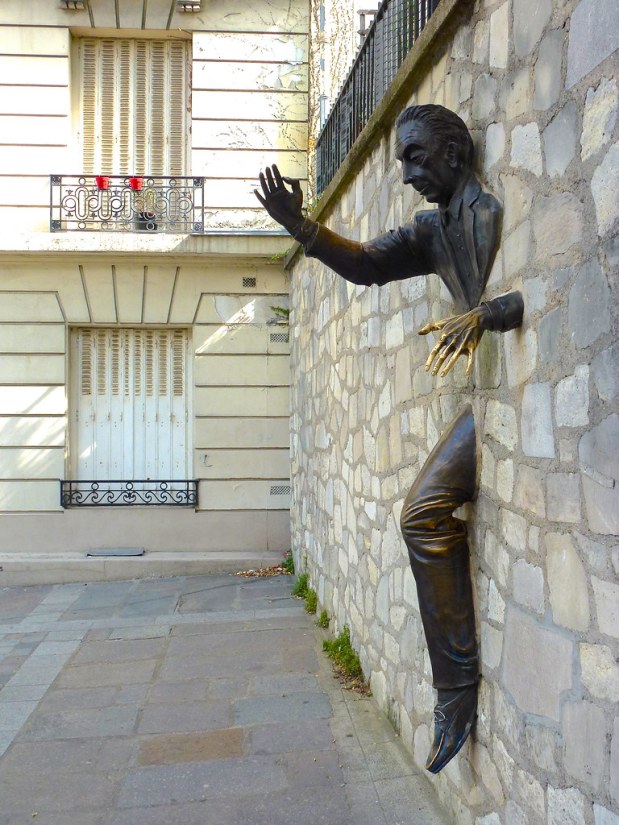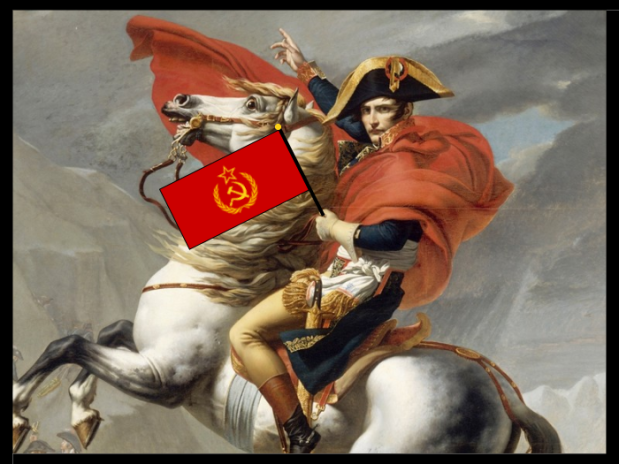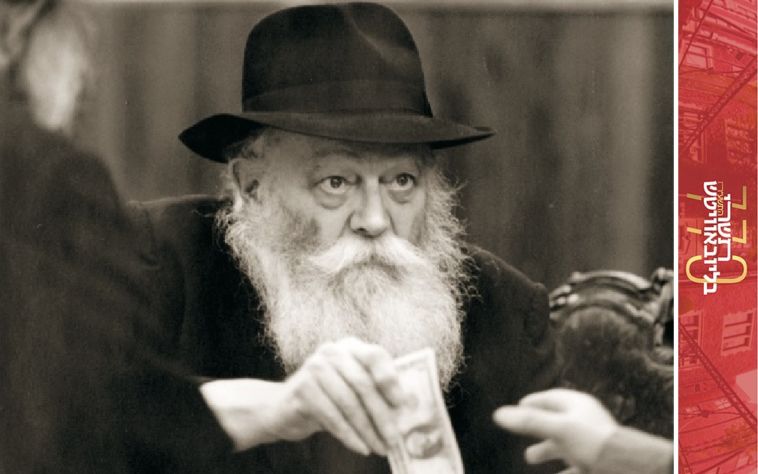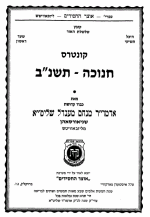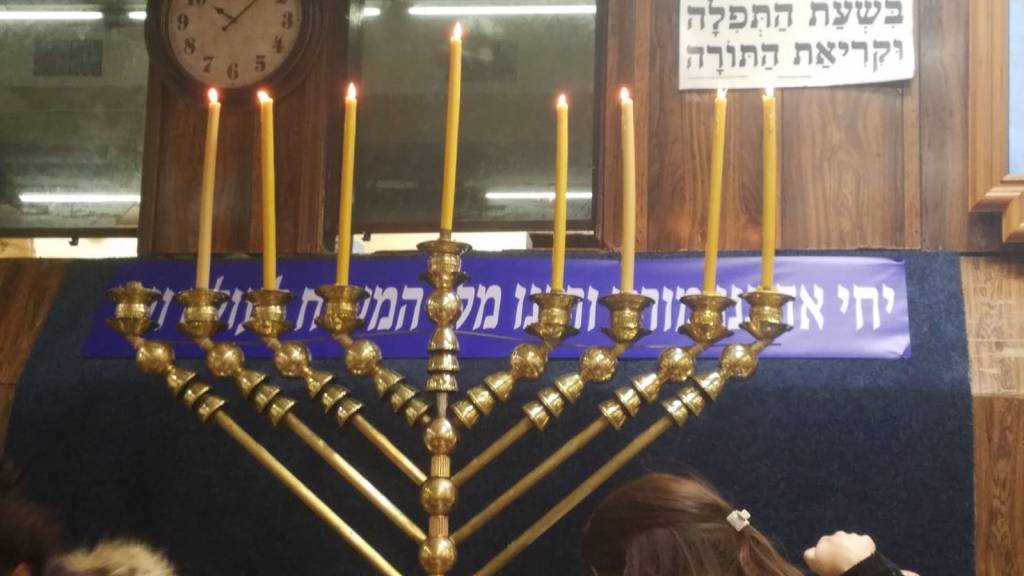In the second sicha printed for parshas Va’era 5752, the Rebbe elaborates on the statement of the sages that “one who dies on Erev Shabbos, it is a good sign for him”.
The Gemara describes that when R’ Yehuda haNosi took ill, R’ Chiya visited him and found him crying. He asked him why he was crying (assuming that he was afraid of death). R’ Chiya proceeded to give him a list of signs that portend well for the fate of a person after death (and their opposite): Dying amidst laughter is a good sign, while crying is a not good; one who dies on Erev Shabbos is a good sign, after Shabbos is not good. (And several others.)
R’ Yehuda haNosi responded that he was crying (not from a fear of his fate after death, but rather) because of the Torah and Mitzvos he would no longer be able to perform. Seemingly, the list of good signs brought by R’ Chiya (several of which applied to R’ Yehuda haNosi and were meant to comfort him), do not help the reason given by R’ Yehuda for his crying, because seemingly being unable to perform Torah and Mitzvos after ones passing is not affected by the good signs of how a person passes away. (The Rebbe brings a proof for this from the story in the Gemara about Dovid haMelech, who asked to pass away on Erev Shabbos (because then one is not subject to “chibut hakever“), and Hashem refused him, telling him that even one day of his Torah learning was more dear to Him.)
Furthermore, the Rebbe asks on this whole discussion a fundamental question:
“How is it possible to truthfully say (in Toras Emes, the Torah of truth) that “one who dies on Erev Shabbos it is a good sign for him” — a “good sign” in relation to the occurrence of death, the opposite of life, the ultimate opposite of good according to Torah?!”
Since the Torah defines “good” as fulfilling the will of Hashem through the performance of Torah and Mitzvos as a soul in a body, then death is the opposite of Good, since it is the the departure of the soul from the body and the performance of Torah and Mitzvos ceases (thus it was the reason for R’ Yehuda haNosi’s crying).
In answer the Rebbe explains that:
The “good sign” of “one who dies on Erev Shabbos” indicates and emphasizes the rectification of the undesirable aspect in the general inyan of death, and automatically the reason for R’ Yehuda haNossi’s crying over the interruption of Torah and Mitzvos is nullified (and rectified), as we will explain.
The Rebbe proceeds to explain that already on the very first Erev Shabbos, when Adam Harishon was created, there was already something similar to death that took place, as the verse states “Hashem brought a drowsiness upon the Man and caused him to sleep”. Sleep is called “one-sixtieth of death” by our sages, for when a person sleeps his life force (chayus) is not visible (through movement, expressing ideas, etc.). This is seemingly an undesirable state, but in fact it is a sign that there will be an increase in the individual’s chayus (life-force) when he wakes up, an incomparable increase. In the case of Adam Harishon this resulted in the creation of his wife, Chava, after which they could bring unlimited generations into being — an incomparable increase of chayus compared to before he slept, from the limited to the unlimited.
This model also holds in the bigger picture of the 6,000 years of this world which correspond to the days of Creation (the 7th millennium corresponding to the 7th day, Shabbos). The 6th millennium (which we are in presently) corresponds to “Erev Shabbos”, the end of the time of golus, and there is this inyan of sleeping through which is brought about a union on a higher level (according to Kabbalah this is the union of Z”A and Malchus, the Holy One, blessed be He, and Knesses Yisroel), corresponding to the sleep of Adam Harishon that resulted in an infinitely higher state of being.
Thus, one who “dies on Erev Shabbos” also refers to one who passes away in our time, the eve of the 7th millennium; it is like the sleep we mentioned above. So it turns out that this death (on “Erev Shabbos” at the end of golus) is for the sake of an increase and renewal of life. This has two explanations:
a) Our sages say “Yaakov Avinu did not die…just as his descendants are alive, so, too, he is alive”, that through the continuation of the life of his descendants (true life, in accordance with Torah) this brings about that “also he is alive”. And more than this, that this inyan of “he is alive” in its true sense, meaning eternal existence, is revealed by the continuation and eternality of “his descendants are alive” after his passing [in other words, Yaakov’s eternal life is revealed specifically after he passes away (or, at least, seemed to pass away) by the fact that his descendants continue to live the true life of Torah], that specifically then it can be seen in a revealed way the eternality (the truth) of “he is alive”. So it turns out that through death comes about an increase and renewal of life — the revelation of the eternality and truth of life.
b) And this is the main thing: that the concealment (histalkus) of the chayus that occurs at death is for the sake of an increase and renewal of chayus as a soul in a body — at the resurrection of the dead, for then there will be life of a soul in a body in eternal life.
This enables us to answer the question of how does telling R’ Yehuda haNosi that “one who dies on Erev Shabbos it is a good sign for him”: since on Erev Shabbos it is emphasized that the concealment (histalkus) of the chayus is for the sake of an increase and renewal of the chayus. Thus, it turns out that
…the time of death coming on Erev Shabbos is in a way that emphasizes in a revealed way the good aspect alone, the increase and renewal of chayus, both through the increase of the eternality and the truth of the life through the fact that “his descendants are alive”, and also and mainly through the Resurrection of the dead right after the time of burial.
Thus, it turns out, that this “good sign” indicates and emphasizes the rectification of the undesirable aspect in death, and automatically the reason that Rebi [Yehuda haNosi] was crying over the nullification of Torah and Mitzvos is rectified as well, because when Tzaddikim arise at the Resurrection of the dead (at the beginning of Yemos Hamoshiach, forty years before the epoch of the Resurrection of the dead of all Bnei Yisroel) there is a continuation of the fulfillment of Torah and Mitzvos (and to the contrary: in a higher degree of perfection — “as mitzvos of Your will”, כמצות רצונך)
In other words, death on Erev Shabbos is a good sign also as regards the fulfillment of Torah and Mitzvos, for following on the heels of this death is the Resurrection of the dead which enables the fulfillment of Torah and Mitzvos as a soul in a body in a perfected and unlimited way, immeasurably greater than the way it was before the “death on Erev Shabbos”!
The Rebbe then takes this even further: that the main intention of this “good sign” is not literal death, chas v’sholom, but rather the avodah of the Yid in his lifetime as a soul in a body. This is especially after it has already occurred literally with unique individuals, and through them it is sufficient to fulfill the obligation of the rest of Bnei Yisroel (so that the rest of us do not need to literally pass away in order to attain the higher level described above). Consequently, by the rest of Bnei Yisroel there will be only the spiritual avodah of “death” (meaning self-nullification, bittul), with a seamless continuation to eternal life (without any interruption in between) in the time to come.
Death on Erev Shabbos (the 6th millennium, our times) is only a concealment as a preparation for a revelation of a higher level of life — eternal life of the soul in the body, in the ultimate state of perfection!




